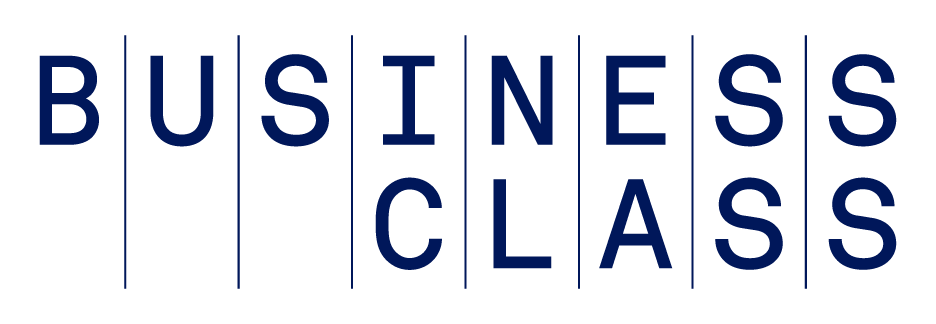A manufacturer takes out a loan for equipment but can't meet its first debt payment.
A web design company is excited to land a new corporate client but underestimates the issues with the client’s payment terms, which are longer than the typical client's.
A construction materials distributor makes an advance payment for residential tiles, but the tiles get stuck in transit. The amount the distributor was going to resell the tiles for would have covered its obligations. But with the materials delayed, the distributor is now short on funds.
These scenarios are examples of how small and midsize businesses may run into working capital challenges.
Working capital, or net working capital, is the amount of cash and cash equivalents a company has on hand beyond its short-term liabilities.
The situations above are common. Some companies miscalculate how much working capital they thought they had, while others experience an unforeseen event, like supply chain issues.
These reasons underscore the importance of tracking working capital – in real time, using dashboards and technology, if possible – in order to get ahead of problems.
How to Calculate Working Capital
Two variables are used to calculate working capital: total current assets and total current liabilities.
Both of these are found on a company’s balance sheet. Current assets refer to cash and other assets that can be converted to cash within a year. This includes accounts receivable, inventory, and short-term investments like money market accounts and CDs.
Current liabilities are what the company owes for the same time period and are due within 12 months. Examples include accrued employee wages and a wide set of payments to be made, such as for short-term loans, accounts payable, and taxes.
The formula for working capital:
Current Assets – Current Liabilities = Working Capital
Let’s say an online flower shop, Leslie’s Lilies, has $90,000 in total current assets and $63,000 in total current liabilities. Using the above formula, its working capital is $27,000 ($90,000-$63,000), meaning the company has enough liquidity to meet its short-term obligations.
Working capital can also be expressed as a ratio, aptly called the working capital ratio, or current ratio.
A working capital ratio of less than one means a company doesn’t have enough cash to pay its short-term debts. A working capital ratio higher than one means the company has enough cash to do so. However, a ratio above two typically means it has money in the bank that could potentially be put to better use.
The formula for working capital ratio:
Current Assets / Current Liabilities = Working Capital Ratio
For Leslie’s Lilies, the working capital ratio would be 1.4 ($90,000/$63,000). This means the company has $1.40 worth of current assets to cover every dollar of current liabilities.
Working Capital Best Practices
Companies in most industries aim to have positive working capital – that is, above $0, with a working capital ratio above 1.
Working capital norms vary by industry and also by time of year, especially for seasonal businesses. As a result, working capital should be continually measured and forecasted to ensure a company won’t be caught short.
For certain high-volume industries where cash payments are common – such as discount retail, groceries, and restaurants – a ratio below 1 is typical and not usually a cause for concern. These businesses can typically function with negative working capital because they get paid faster than they have to pay their suppliers. In effect, they can leverage the time between cash flowing into and out of the business to fund their growth.
Managing working capital starts with having a sense of your industry’s standard working capital and then using that as a benchmark to meet or exceed. Well-run companies rarely get surprised by cash shortages. Businesses with good financial processes understand, anticipate, and plan for any seasonal variations in working capital, which means their target ranges can shift at different times of the year.
They also know it’s possible to have too much working capital, especially in cash, which can reduce returns on equity. Companies with excessive amounts of cash on their balance sheets should consider if there's a growth opportunity they could pursue, rather than having the cash sit in the bank.
The Benefits of Managing Working Capital
There are a variety of reasons why companies should manage their working capital and aim for certain targets.
Here are three key reasons:
- Fund day-to-day operations. To provide products and services to their customers, businesses need to be able to buy inventory and materials, pay their employees and contractors, and handle unanticipated expenses. The best way to cover these expenses is to have a cushion of assets, which requires a working capital ratio over 1.
- Attract new business partners. Insufficient working capital and working capital controls can be red flags for prospective business partners and suppliers. Potential business partners might decide against joint ventures or collaborative product launches if they perceive problems. Suppliers could restrict or eliminate trade credit if they're concerned about a company’s liquidity. Both scenarios can limit growth opportunities or hinder sales and potentially cause further liquidity issues.
- Enable cheaper borrowing. Banks consider working capital when assessing a company’s creditworthiness. Those with higher working capital may qualify for better loan terms. The rates given to companies seen as risky are typically much higher, and in some cases, these companies won’t qualify for loans at all.
What to Do When Working Capital Unexpectedly Tightens
Many people have experienced the feeling – from some year or era in their lives – of not having enough funds to cover expenses. If this happens to a small business, there are some tried-and-true steps to take.
- Increase the speed of collections. Automation can help customers receive bills effortlessly and can also be used to send them multiple reminders. Incentives, such as early-payment discounts, may prompt some customers to pay faster than they’re required to.
- Delay certain bill payment. It’s often possible to stretch out some payments to keep cash on hand a little longer. However, it’s important to choose carefully. Payments that can be delayed without triggering a penalty, interest charges, or jeopardizing an important relationship are common-sense places to start for most businesses. Of course, make sure the vendor awaiting payment is on board with you doing so.
- Apply for a short-term working capital loan. Short-term loans, like a revolving credit line, can provide a big assist during times when working capital is tight. Forecasting working capital needs can give a company time to plan and prequalify for a bank loan, which tends to have the lowest interest and fees but also has a lengthy approval process. Loans are typically available from online lenders as well.
The Takeaway
Working capital measures a company’s ability to fund its near-term commitments. It’s calculated by subtracting the current liabilities on a company’s balance sheet from its current assets. The optimal number will vary by industry and based on a company’s specific circumstances, but most companies should aim for a working capital surplus. When a company’s forecast suggests it's entering a period of tight working capital, options include trying to speed up collections, delaying certain payments, or taking out a short-term loan.
Photo: Getty Images







